Anecdotes and other notes from the U-M Special Collections Research Center.
Beyond the Reading Room

Posts in Beyond the Reading Room
Showing 171 - 180 of 391 items
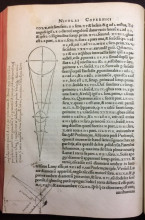
- Pablo Alvarez
You are invited to see highlights from the library's extraordinary collection of manuscripts and early printed books describing the early history of astrology and astronomy. Mark your calendars for this Tuesday (3/12/19; 4:00-7:00 pm). The selection will range from ancient papyri to richly illustrated books that made possible the scientific revolution in Europe in the sixteenth and seventeenth centuries, including first editions of the works of Copernicus, Galileo, and Kepler.
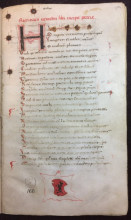
- Pablo Alvarez
When cataloging this fifteenth-century Italian manuscript, I saw that some of the pages have been damaged by brushing a chemical reagent on some areas that were difficult to read. While in the short term this substance was designed to make traces of ink more legible, the long-term impact on the manuscript is disastrous as shown in the image below.
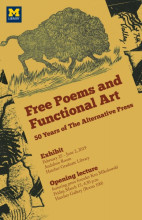
- Kristine Greive
The Special Collections Research Center is pleased to announce the opening of a new exhibit, Free Poems and Functional Art: 50 Years of The Alternative Press. This exhibit celebrates the 50th anniversary of the founding of The Alternative Press, an experimental small press publisher in Michigan.
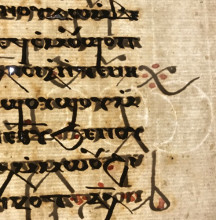
- Evyn Kropf
Join us on Tuesday, 12 February for our next After Hours open house event! This month we'll explore the materiality of books and manuscripts. Come "read" these objects with us from 4-7 on the 6th floor of Hatcher!
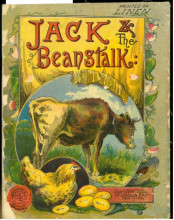
- Juli McLoone
The Special Collections Research Center is pleased to announce a new exhibit: What Are Little Books Made Of? Visit the Special Collections Exhibit Gallery in our 6th floor space (660J Hatcher South) to see children's books printed on cotton, linen, and linenette from February 5 - March 22, 2019.
•
- Kristine Greive
With the new semester comes a new slate of special collections meet and greets! These pop-up exhibits bring rare materials out of the library and into Weiser Hall, where we'll be sharing selections from the Joseph A. Labadie Collection. Visitors making their way through Weiser's busy halls will have an opportunity to take a look at books, pamphlets, ephemera, and even LPs while chatting with staff to learn more about our collections.
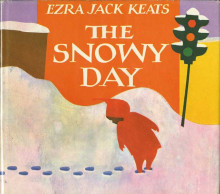
- Kristine Greive
Join us on Tuesday, January 15 for the next Special Collections After Hours event! This month, we're feeling the winter chill and offering up a frosty selection from our collections. Come see materials related to snow and winter, as well as some toasty recipes to take the edge off the Michigan chill.

- Pablo Alvarez
This 1799 edition of The Images of Saints from the family of the Emperor Maximilian I (1459-1519) contains for the very first time an almost complete series of the woodcuts that were originally commissioned by Maximilian I to illustrate the legends, history and genealogy of earlier saints claimed to be connected to the House of Habsburg.
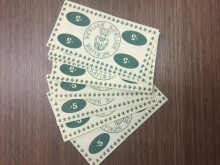
- Kristine Greive
Our last Special Collections After Hours event of the semester is today! We'll be viewing and playing radical board games from the Joseph A. Labadie Collection. We're also happy to announce the winter term slate of open houses.

- Kristine Greive
The Special Collections Research Center is pleased to announce a new exhibit celebrating the 60th anniversary of the Universal Declaration of Human Rights. Visit the Special Collections Exhibit Gallery in our 6th floor space (660J Hatcher South) to see the exhibit, Universal Declaration of Human Rights: Linocuts by Meredith Stern, on view now through February 1, 2019.